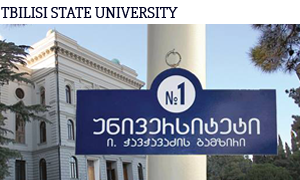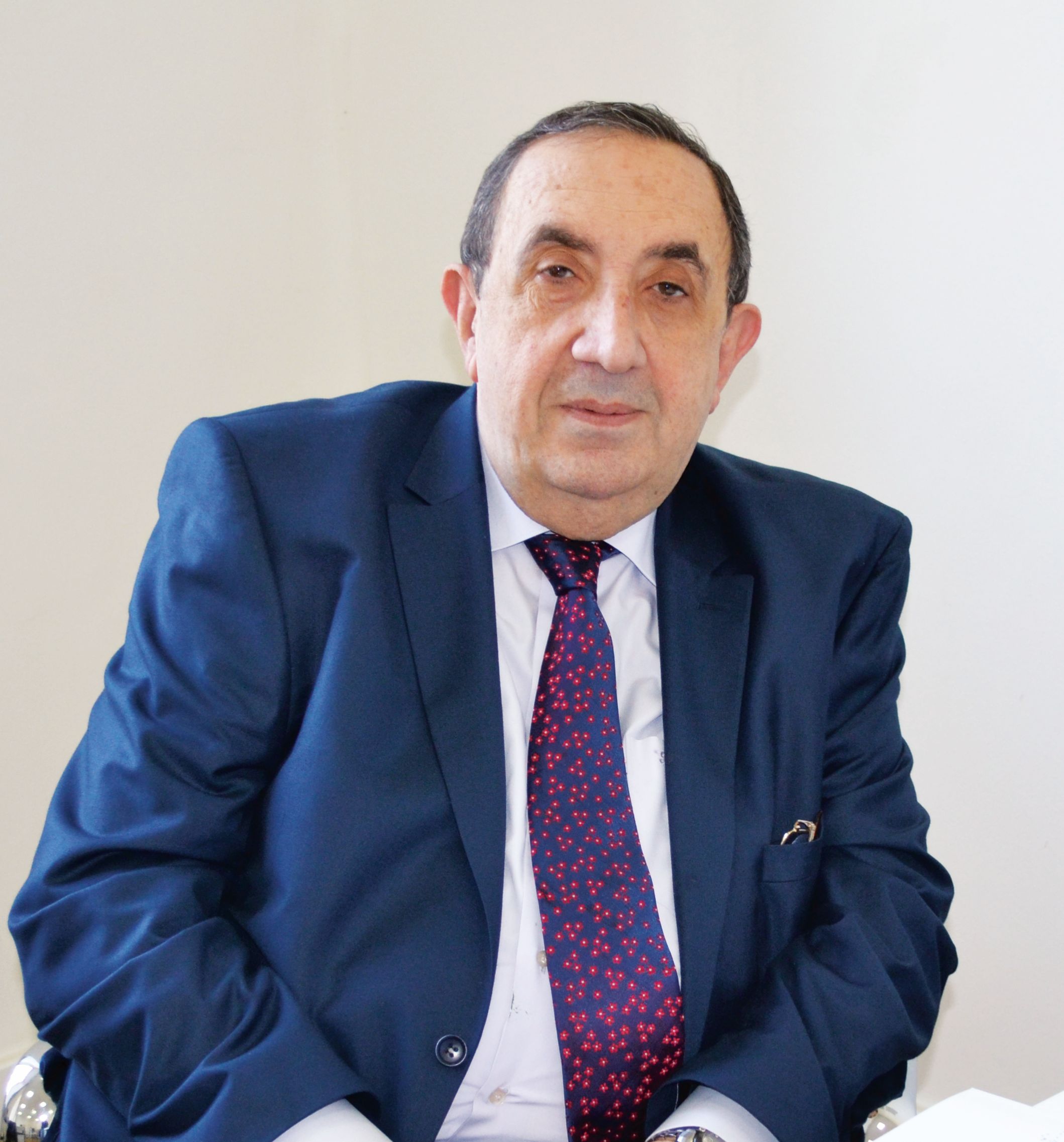
FACULTY OF HUMANITIES
Georgian Mamluks in Egypt and Georgian Monasterial Commune in Palestine
Historian and orientalist, Professor Gocha Japaridze, became interested in the fate of Georgian Mamluks in the 1960s during his years as a student, when he came across some letters in Georgian they had sent home. As a scholar he began studying this issue in 1998, when he was an envoy of the Georgian Embassy to Egypt. His many years of service in Egypt enabled him to have access to extensive materials. Unlike previous scholars studying the history of Georgian Mamluks, Prof. Japaridze incorporated more information from Arabic and European sources, as well as Cairo’s epigraphic monuments into his research.
Prof. Japaridze’s research project ‘Georgia and the Mamluks of Egypt’ explores the great significance of these Georgian Mamluks’ role in Egypt during the 13th to 18th centuries. Other researchers contributed significantly to the project, including Professor Apolon Silagadze (TSU Faculty of Humanities), Professor Daniel Crecelius (California State University) and Dr. Mamuka Tsurtsumia (TSU).
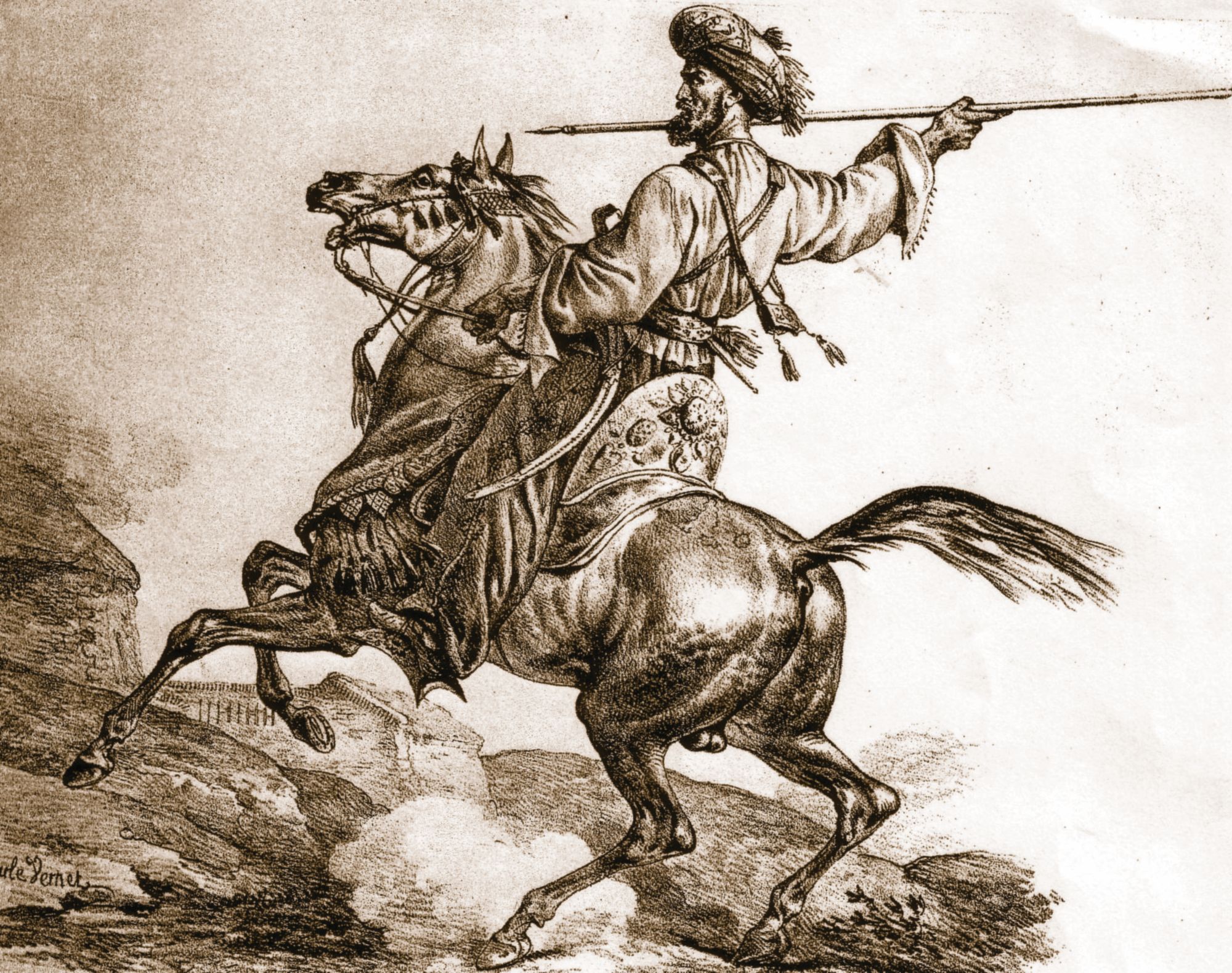 The study shows that that the number of Georgian slaves (mamluks) in Egypt in the 13th-15th centuries was small. However, Georgian ethnicity is traced among the mamluk elite in Egypt during this period in which the dominant role was played by Kipçaks and, later on, by Circassians. Georgians became influential figures in Egypt’s military-political life under during the Ottoman Empire, and especially from the end of 17th to the end of the 18th century. This was a period when Egypt was ruled by six Georgians.
The study shows that that the number of Georgian slaves (mamluks) in Egypt in the 13th-15th centuries was small. However, Georgian ethnicity is traced among the mamluk elite in Egypt during this period in which the dominant role was played by Kipçaks and, later on, by Circassians. Georgians became influential figures in Egypt’s military-political life under during the Ottoman Empire, and especially from the end of 17th to the end of the 18th century. This was a period when Egypt was ruled by six Georgians.
The first major Georgian household that arose in Egypt was founded by Muhammad Bey Katamish. In 1730-1731, when Mamluks overthrew the Ottoman Pasha, Muhammad Bey Katamish became temporary ruler of Egypt. He was killed in the plot approved by the Ottoman governor of Egypt in 1736.
Ibrahim Katkhuda al-Qazdaghli – a governor of Egypt in 1748-1754 was also of Georgian origin. According to the 18th-early 19th century historian al-Jabarti, Ibrahim Katkhuda al-Qazdaghli had “a such level of power, greatness, influence, wisdom in management and undisputed authority that no one has ever achieved in Egypt before...” Cairo’s beauties were brilliant at that time, its excellencies apparent, vanquishing its rivals. The poor lived at ease. Both great and small lived in abundance.”
Other Georgian Mamluks, Ali Bey al-Kabir (the Great), was kidnapped from Georgia and presented to the future governor of Egypt, Georgian Ibrahim Katkhuda as a gift. In 1768-1772, he started a revolt against the Ottoman Empire, and launched a series of military campaigns that brought him temporary control over Upper Egypt, the Hijaz, Palestine and southern Syria. Ali Bey established a centralized government, stopped sending taxes to Istanbul, banished the Ottoman Pasha and gained an unprecedented control over the country’s financial and administrative matters. Most importantly, he initiated the country’s course of independence, which was finally implemented by Muhammad Ali Pasha in the first half of the 19th century. Following Ali Bey’s revolt till Napoleon’s expedition (1798), the oligarchy of Mamluk Beys- Beylikate -in Egypt was mainly composed of Georgians, who also came to dominate the ranks and officer corps of the seven military garrisons that the Ottomans deployed there.
The duumvirate of the Georgian Mamluk Beys, Ibrahim Bey (Shinjikashvili) from the village of Martkopi (near Tbilisi) who served as a shaykh al-balad--the highest position in the Mamluk hierarchy--and Murad Bey from Tbilisi, ruled Egypt intermittently between 1775 and 1798. They acted as leaders of an independent state by continuing to ignore Ottoman authority or refusing to countenance the presence of an Ottoman governor in Egypt.
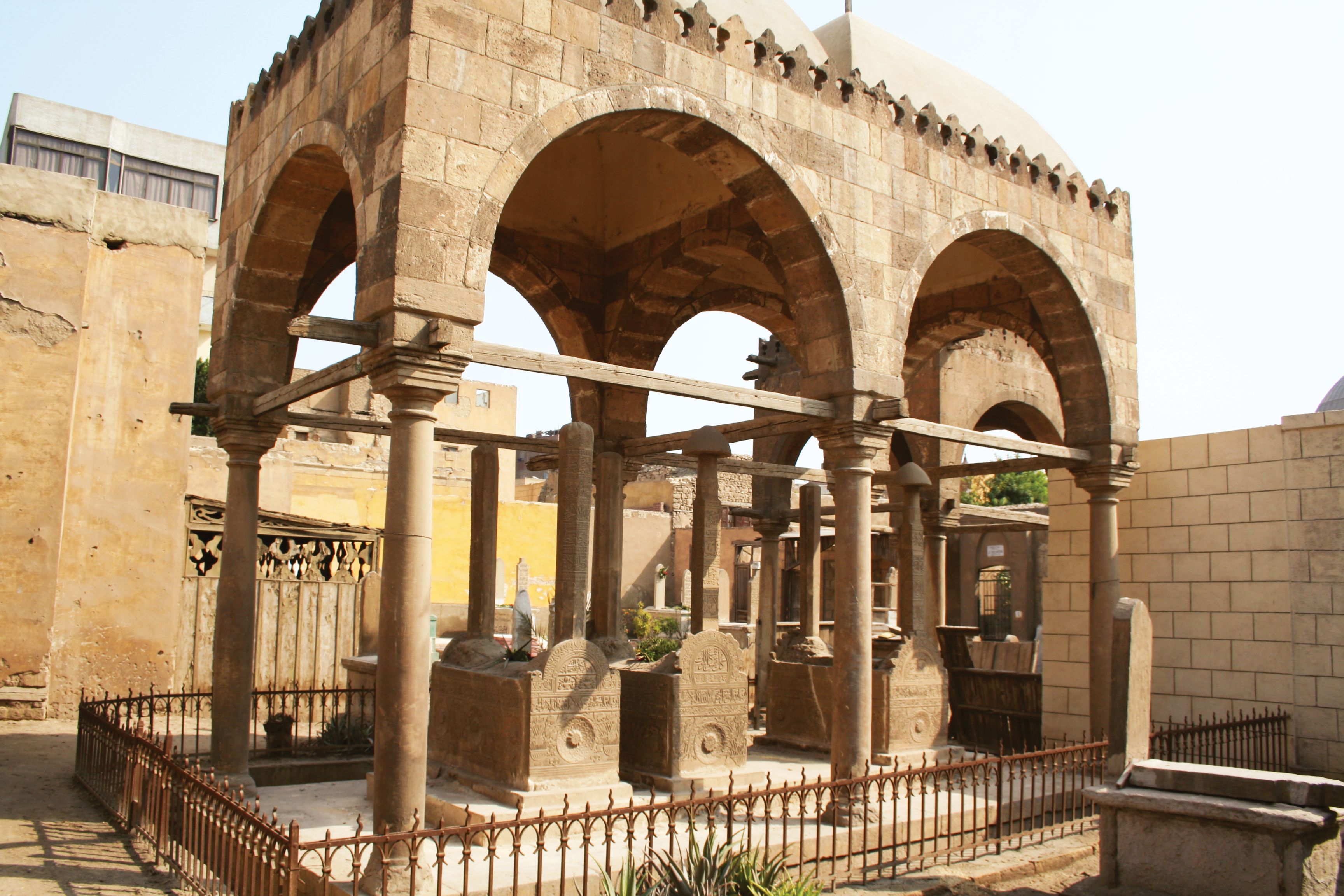
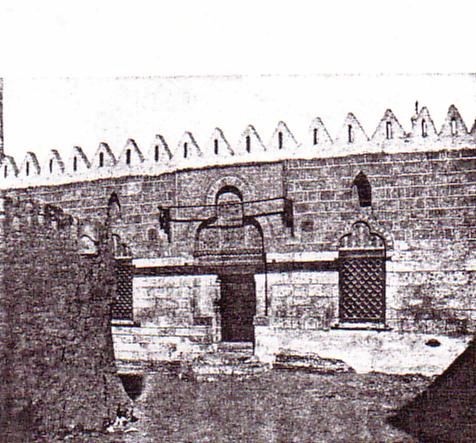
Ibrahim and Murad Beys, who had twelve Georgian Beys out of 16 in their service, maintained a very close connection with Georgia and its King, Erekle II. There is still a tower in the village of Martkopi, that was financed by Ibrahim, and he also financed the construction of a church in his village. Another Georgian, one of Ibrahim Katkhuda’s mamluks, and his son-in-law, Ismail Bey, were leaders of the Mamluks’ pro-Ottoman wing in Egypt. From time to time, he also served as a shaykh al-balad. Ismail Bey perished in the great plague of 1791.
Research carried out with the collaboration of Professors Crecelius and Silagadze helped to disseminate information on the Georgian Mamluks in international professional circles. They published two joint articles in leading journals (see below).
Prof. Japaridze’s second study ‘Georgians in a Holy Land in the 11th to 17th Centuries’’ is a new direction in his research. The main outcome has been the discovery of unique unpublished documents in Arabic from the Jerusalem and Mount Sinai libraries, about the Georgian monastic community in Palestine during Mamluk and Ottoman reign. He examined information about the lives and activities of Georgian pilgrims and the monastic community from the official records of Egypt’s sultans, examining the court protocols and sultans’ letters to Georgian kings and governors. The documents describe the status of the Georgian monastic community and its property and leased lands; the rules concerning the restoration of Georgian churches and monasteries; the dispute between Georgians and Franciscans over Calvary (Golgotha) during the reign of the Mamluks or Ottomans, and other issues.
“Studying these materials and correspondence gave me an opportunity to learn the exact date that Georgians took the Holy Cross Monastery in Jerusalem from the Muslims, at the end of 1310. I also learned of the existence of another Georgian monastery in Jerusalem in the last quarter of the 12th century, the ‘New Monastery’. This also permitted me to learn the etymology and exact location of the Georgian convents Dertufa and Dertavi. This research permitted the identification of agricultural lands and gardens owned by Georgians in Katamon and near the Cross Monastery. The documents provide previously unknown names of the Georgian Priors of the Cross Monastery and certify their chronology. They also confirm the existence of a mosque in the Cross Monastery during the Ottoman reign, in the 16th century”.
It was possible to learn that the Mamluk sultans did not claim the inheritance of deceased Georgian monks and pilgrims, but allowed it to go to the Georgian monastic community. Despite the request of Jerusalem’s local authorities, with the consent of Mamluk sultans, Georgians were exempt from taxes – which were usually a tenth (ushr) of the income from agricultural lands. These sources inform us that Georgian pilgrims travelling to Jerusalem did not pay any tax when entering Palestine ports or even when entering The Church of the Holy Sepulchre. The documents obtained by Prof. Japaridze provide previously unknown lists of houses owned by the Georgian monastery community in Jerusalem and Ramla. The community rented these houses to Georgian visitors and to the local population. Apart from Georgian pilgrims, the agricultural units located near Georgian monasteries served the local population as well. Income from agricultural activities was allocated to the needs of Georgian monks and nuns, the renovation of the churches, monasteries and houses. The scholar discovered highly interesting materials on the activities of Beena Cholokashvili, who served as Georgian Ambassador to Egypt in 1512-1514, and was Prior at the Cross Monastery.
Prof. Japaridze has presented his findings at numerous conferences, including one dedicated to the famous scholar, Holy Hieromartyr Grigol Peradze held in Warsaw, Poland in December 2004--Third International Conference Dedicated to the Memory of Saint Grigol Peradze (1899-1942). Two monographs dedicated to the Georgian mamluks and the Georgian presence in the Holy Land are planned in the near future.
REFERENCES
- Journal of the Economic and Social History of the Orient. vol. 45, pt. 3, 2002, p. 320-341: “Relations of the Georgian Mamluks of Egypt with their Homeland in the Last Decades of the Eighteenth Century” and Annales Islamologiques, 42, 2008, p. 313-337: “Georgians in the Military Establishment in Egypt in the Seventeenth and Eighteenth Centuries”.

